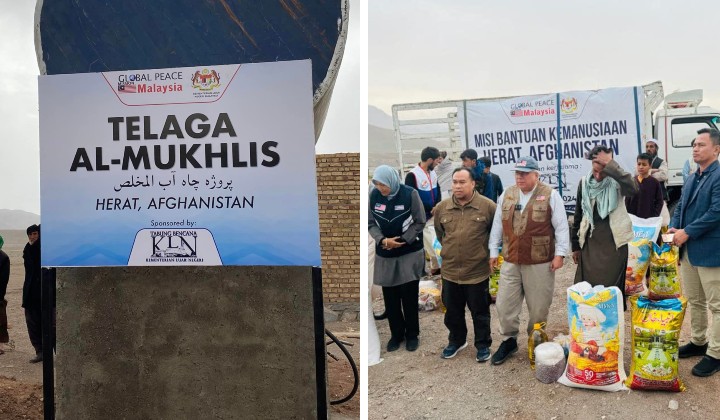Picturesque Chinese Temple In Genting Popular Among Muslims
Chin Swee Caves Temple promotes interfaith harmony and goodwill in Malaysia’s multiracial and multi-religious society.
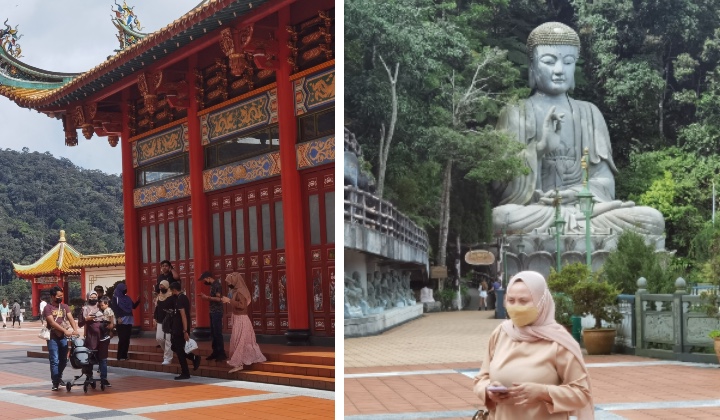
Subscribe to our Telegram channel for the latest stories and updates.
The beautiful and Instagrammable Chin Swee Caves Temple is a popular attraction to Malaysians.
Despite being a religious site, the temple is also visited by Muslims who visited the temple to appreciate its natural surroundings.
A variety of deities decorate the compounds in the form of statues, temples, altars and paintings.
Some light the heart of those with a fantastic imagination, while others are awful in nature, such as the depiction of tortures and punishment for sinners in hell.
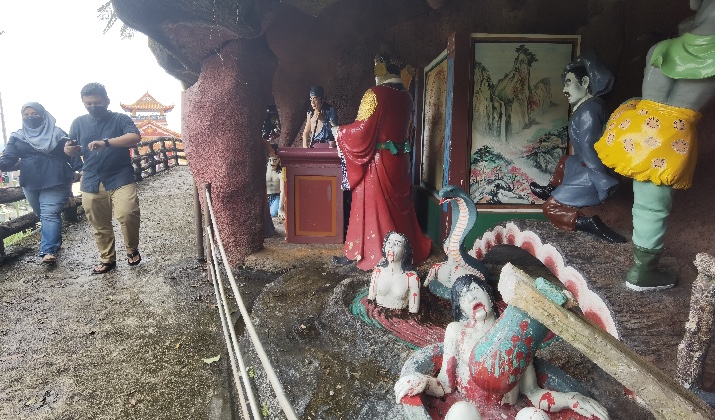
In Islam, any kind of idolatry is prohibited.
A Malaysian Muslim visitor, who wished to be known as Wan, said he’s not perturbed by the presence of the idols.
I really don’t think there’s anything wrong in walking around the temple. I’m here to understand the culture and tradition of the Chinese people. Unless you pray to the idols, then it is wrong.
Malay visitor Wan to TRP during his visit to Chin Swee Caves Temple
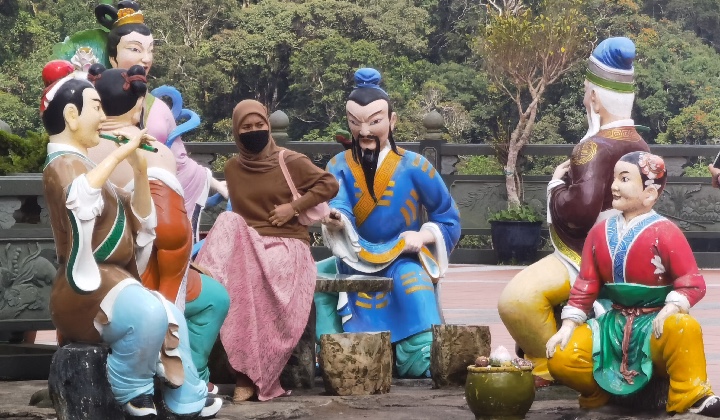
Can Muslims Visit The Non-Muslim Places Of Worship?
Malaysian Consultative Council of Islamic Organisation (Mapim) president Mohd Azmi Abdul Hamid said Muslims are not encouraged to visit other places of worship.
However, it is still permissible if the purpose is to understand the culture and tradition of others.
Religious tolerance in Islam is expressed by the acceptance of religious pluralism, which respects the existence of religious differences in society.
Mapim president Mohd Azmi Abdul Hamid to TRP
Explaining on previous issues in which other religions were deemed to hurt the sensitivities of Muslims, Mohd Azmi said the context is different.
He said Muslims usually have no issue with non-Muslim places of worship or religion symbols, as long as they are not located in a Muslim majority neighbourhood.
Muslim Youth Movement Malaysia (Abim) president Muhammad Faisal Abdul Aziz said Malaysians have always comprised of people from diverse ethnic, religious and cultural backgrounds.
Every day we interact with people of different religions. They include our neighbours, colleagues, classmates, friends, and so on. Thus, we experience different aspects of different religions as part of our daily life. It’s very common to all of us
Abim president Muhammad Faisal Abdul Aziz to TRP
Faisal, a proponent of interfaith dialogue, added that Islam, as a universal religion, teaches love and sympathy for all humanity.
He added that more than fourteen hundred years ago, Muslims learned about coexistence from the life of the Prophet Muhammad (peace be upon him).
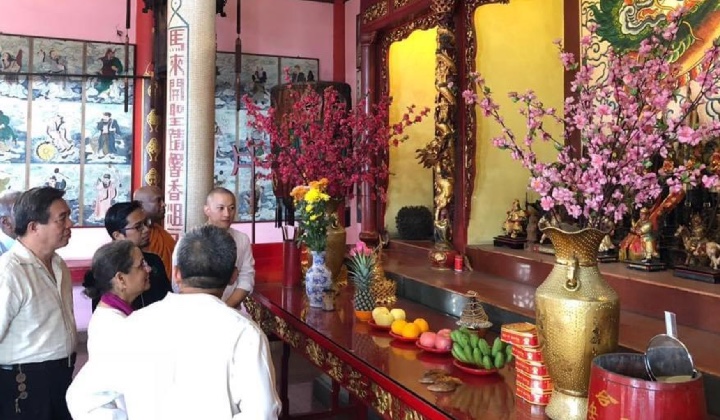
A Legacy Of A Renowned And Recognised Philanthropist
Chin Swee Caves Temple is a popular tourist attraction and religious site located a few kilometres before the summit of Genting Highland.
Located on a sharp, rocky slope, the site is originally a cave temple. Years of development have resulted in a vast physical complex that extends far beyond the altar space.
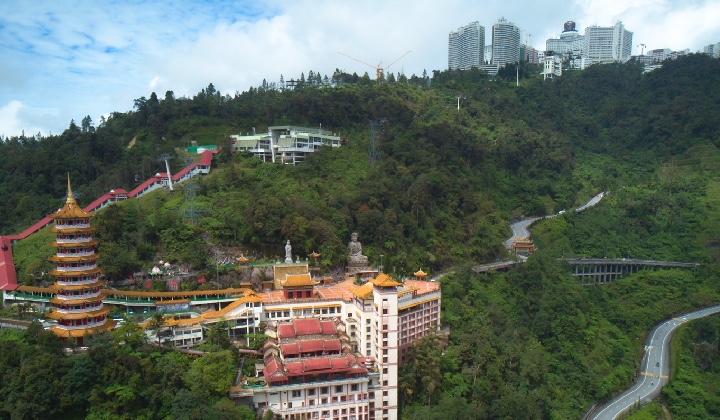
Chin Swee Caves Temple is rooted in traditional Chinese architecture expressed by its ornate prayer halls, colourful statues, opulent arches and its iconic pagoda towers.
The temple was built by Genting founder, the late Tan Sri Lim Goh Tong, to honor Reverend Master Chin Swee.
Reverend Master Chin Swee is a Buddhist monk from Lim’s birthplace – the Fujian Province in China.
The temple was built a year after the first resort and casino was built in 1975.
The site was chosen because it reminded Lim of the landscape in his hometown of Fujian, China.
Rome Wasn’t Built In A Day
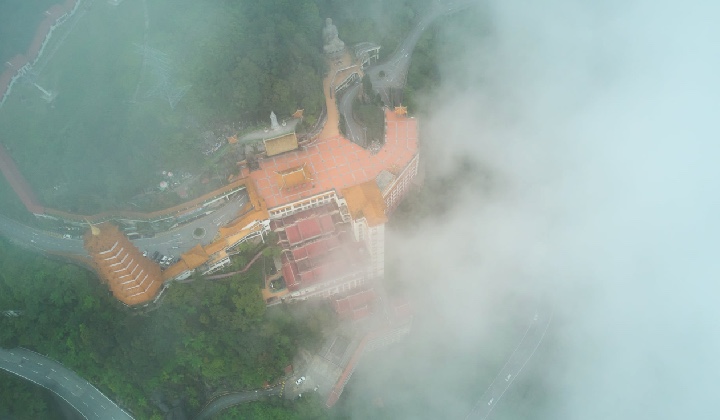
Chin Swee Caves Temple was tediously built over 18 years with foundations excavated from solid rock.
Modern machinery was eschewed because of the steep terrain that resulted in an unusually long development period.
In 1994, the Chin Swee Temple was finally opened to the public, but additional layers were added over the following year to create the vast complex visitors see today.
Growing much from its roots, the temple no longer pays absolute homage to Chin Swee, but to Buddhism, Taoism and Confucianism.
The variety of deities associated with those beliefs decorate the compounds in the form of, statues, temples, altars and paintings.
Last year, a celebration was held to mark the temple’s 48th year anniversary.
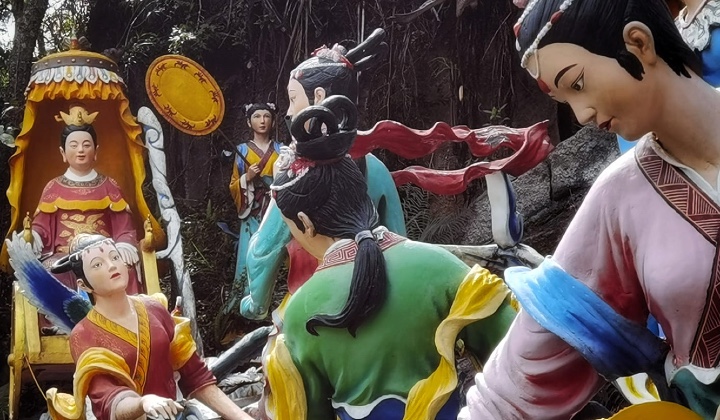
Share your thoughts with us on TRP’s Facebook, Twitter, and Instagram.

